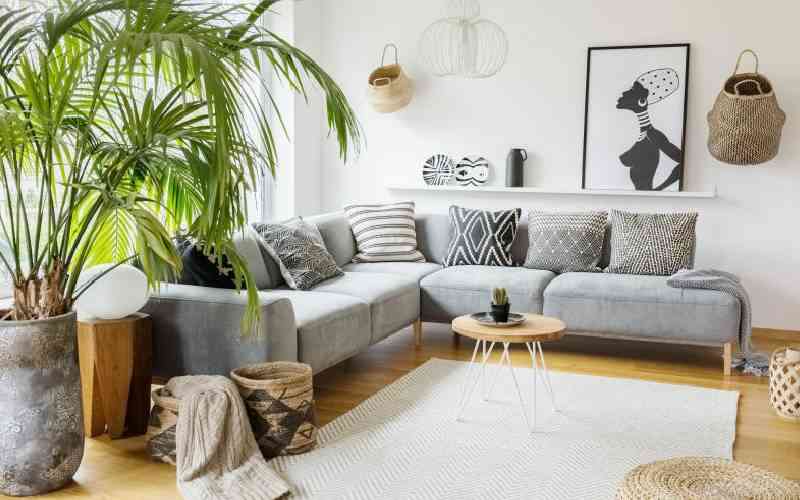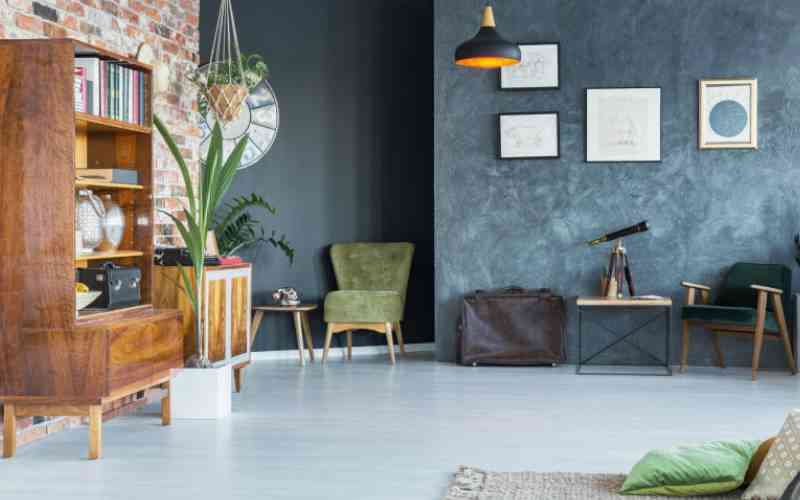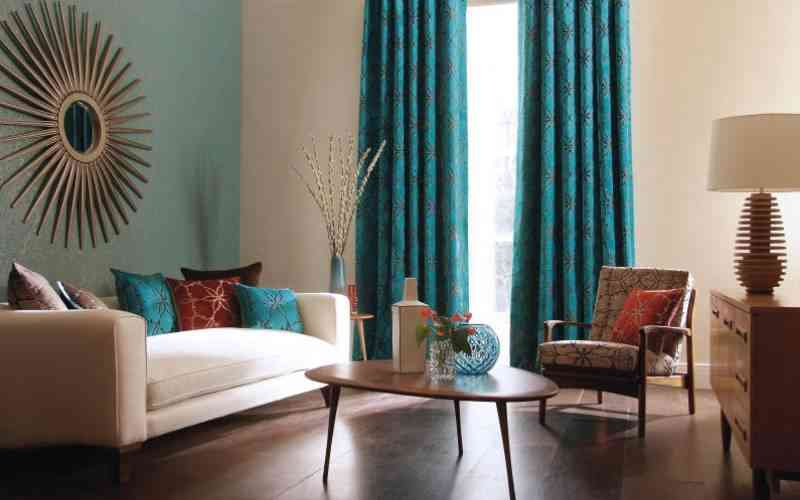
As with all forms of art, new trends are continuously evolving in landscape design. Diminishing garden space in urban areas and the fast-paced lifestyle of present-day society, are driving us to change the way we design and use our outdoor space. Today’s gardens are minimalist, simple, practical and require little maintenance. These qualities make them not just attractive to homeowners, they also sit well with contemporary architecture.
In a way, certain aspects of gardening have remained relatively unchanged over time. Hence, today’s trendy garden is a blend of the old and the new. If you like, it’s an update rather than an overhaul of the good old, tried and true traditional styles. If you have a fetish for the in-thing in garden design, here’s what you need to know:
Form and function
Contemporary gardens are characterized by strong shapes and textures, embodied in extensive hardscapes and complementary shrubs and low trees. The elements define clean rectilinear or curvilinear lines and must serve a certain practical function in the garden. They may range from walkways and pergolas to abstract objects solely designed to create a desired mood within a garden space. Accents and pops of color are used to accentuate the garden’s highlights.

Today’s gardens also seek to bring contemporary architecture into unity with the landscape itself. Hardscape elements fashioned to resemble architectural components and the use of geometry that complements the architectural forms effectively ensures that the house and the garden read as one.
Movement through the landscape is encouraged so that the user interacts with the garden as much as possible. Elements are placed within reach to enhance this interaction and create different experiences as one walks through the spaces. By creatively using color, texture, water movement and plants, the garden is made to appeal to all the senses - sight, sound, smell, touch and even taste.
Materials and technology
Contemporary gardens reflect advances in construction materials, finishes and technology. Concrete as well as a wide range of stone and tile finishes unlock a whole world of possibilities for finishing contemporary garden floors. However, traditional materials are still largely utilized, of course with enhanced installation technologies to create beauty, warmth, simplicity and clean finishes.

When it comes to plants, contemporary gardens exhibit respect and care for nature. The use of native and adaptable planting materials has been found to be ecologically sound. They thrive better in the local environment and hence require less maintenance. Local plants also attract local species of birds and butterflies into the garden.
On another hand, contemporary gardens tend to take a minimalist approach to planting. Every plant in the pellet serves a particular function in the design and there is little room for joy-riders. Lawns are reduced to a minimum but tall gasses are favorites. Plants that require a lot of care are used sparingly or avoided all together. All these serve to reduce maintenance needs in contemporary gardens.
Outdoor living
Contemporary gardens tend to have comprehensive outdoor living areas, which in effect, extends your living space into the garden. There is typically a transition area that connects the indoor and outdoor, further bridging the gap between house and garden. Outdoor kitchens often form the heart of outdoor entertainment areas. They provide a natural gathering place around which other activities revolve.
Another common feature in contemporary gardens is a luxury swimming pool. In this context, they are anything but the rectangular pools of the past.

They form important design elements and are often combined with an outdoor water feature. This not only eliminates the need for a separate water feature but also adds functional, usable art as part of the overall pool’s function.
 The Standard Group Plc is a multi-media organization with investments in media
platforms spanning newspaper print
operations, television, radio broadcasting, digital and online services. The
Standard Group is recognized as a
leading multi-media house in Kenya with a key influence in matters of national
and international interest.
The Standard Group Plc is a multi-media organization with investments in media
platforms spanning newspaper print
operations, television, radio broadcasting, digital and online services. The
Standard Group is recognized as a
leading multi-media house in Kenya with a key influence in matters of national
and international interest.






